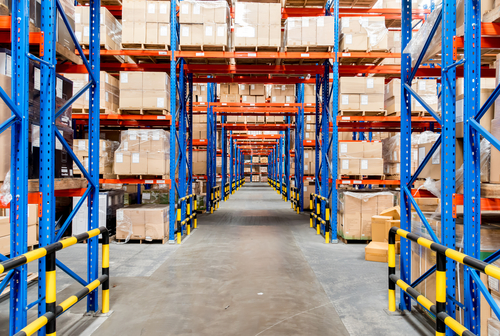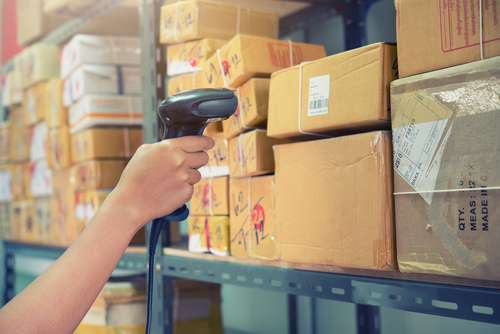By taking a close look at your warehouse racking system, you likely will find ways to improve your operations. Many logistical operators become complacent with relying on existing racking layouts, as workers and management have gotten used to the system.
However, by adding a few upgrades, tweaking the way goods flow in and out of your warehouse, and by changing the racks and the parts and pieces that go with a racking system, you can significantly streamline and increase your profitability.
Here we have outlined some of the industry best practices you can emulate to improve your business.
Map Your Warehouse
Many businesses have grown their warehouse operations over the years without properly mapping the space. Take the time to carefully map your warehouse floor space, marking the exact locations of columns, load-bearing walls, shipping and receiving, and the rest of the space.
You may find that rearranging and modifying lunchroom areas, managers’ offices, break rooms, and other spaces may provide you with more rack area.
Look Up
In the old days, prior to the 1980s, rack systems and warehouse ceiling construction sometimes had maximum heights of below 30 feet. Today, many racking systems can let you take advantage of ceiling space close to 40 feet.
Consider investing in extended rack systems. There are certain other racking system upgrades required when you do this. It could mean adding in-rack sprinkler system upgrades, depending on your local regulations.
You will also need high-bay forklifts. You may find, however, that the investment makes sense.
Rack Lighting
Adding lighting upgrades to your warehouse racking system provides several benefits. Using LED lighting not only gives you on average 30 percent more light, but also can decrease your energy consumption by up to 50 percent.
Providing more lighting for your racks can increase safety and decrease accident rates. You may also find speed and efficiency increases with better lighting.
Use Hands-Free Technology
Using wearable technology will help automate and streamline your warehouse. Productivity and safety increase when workers can manage data through voice or wearable devices.
Upgrade Your Scanning Equipment
You need as much rack space as possible, but you’ll also require aisles for loading and offloading equipment and operators.
New scanning technology can permit you to scan something from up to 40 feet away in some cases. This provides better, more reliable scanning for forklift operators who must navigate narrow isles as well as towering racks. Efficiency also improves.
Part of scanning more efficiently requires a review of the barcodes you use on your racks and products. Location labels will need revision to help maximize the efficacy of your rack-scanning system.
Pushback Pallet Racks and Rollers
If you want to maximize throughput and expand your storage capacity, consider using pushback pallet racks with rollers. You can store up to six pallets on a single level with this system.
Switch to All-Plastic Pallets
Most grocery operations have already switched from wooden to s If you deal in dry goods, you may want to consider this option.
Plastic pallets cost more than wooden ones, but the life of a plastic pallet is three times longer. You can use a plastic pallet for up to 15 years before replacing it.
Gravity Flow and Tilt Shelving
If you have high order-picking volume, gravity flow and tilt shelving can substantially improve workflow. You can adjust the angle of the roller tracks to allow the remaining packages or cartons to travel to the edge of the pallet, ready for the next pick.
Plan for Expansion
Don’t forget about potential future expansion and scalability when considering a warehouse pallet upgrade. Review your options for modular racking solutions you can adjust and expand on as needed, and consider replacing your existing system with the appropriate model. By switching to the right modular racking system now, you may find you can eliminate the need to expand by proper planning now.
Don’t Forget About Budget
When planning an upgrade, ensure you include all costs associated with an upgraded racking installation. The cost of the racks, design, installation, training, and any new forklifts or other equipment needed requires some thought.
You want to implement the most cost-effective solution, considering your products and operations, but not necessarily the cheapest. Define your needs and then shop for the best system that meets those requirements.
Last Word
There is no one approach that fits all racking problems. You need to choose what methods and racking systems work best for you and your operations.
Review your enterprise systems carefully and honestly, then choose the best racking system upgrade that meets your requirements.


